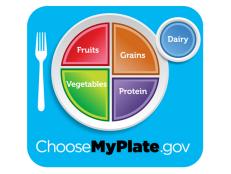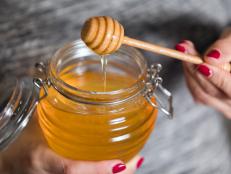What Is Intuitive Exercise?
No, you don't have to love running to exercise well.

Catherine Falls Commercial/Getty
By now, you may have heard about intuitive eating but are you familiar with intuitive exercise? Similar to our food choices, the movement we decide to do can oftentimes be influenced by what others are telling us we should do. Particularly with exercise, there’s so much messaging around weight loss and sculpting the perfect body. This can get in the way of figuring out what type of movement you actually enjoy and will be able to sustain long-term.
What Is Intuitive Exercise?
Intuitive exercise is engaging in movement that is guided by how you’re feeling and what you enjoy doing. There are no #fitspo goals and you get to decide what works best for you, taking into account unique factors like medical history, physical limitations, mood and motivation. Instead of obsessing about losing weight, the focus shifts to what your needs are and what benefits you’re experiencing when moving your body. Perhaps you had the intention to do a 30-minute circuit workout but you woke up feeling physically fatigued or emotionally drained. With intuitive exercise, instead of forcing a workout, you can consider if something more restorative is a better fit that day like yoga or walking. You could also decide that it’s best to skip the workout entirely and catch up on rest. There are no hard rules to follow.
Benefits of Exercise
The physical and mental benefits of movement are vast and well-established by research. Studies have shown improved thinking and cognition for children who engage in physical activity and a reduction in risk for depression and anxiety for adults. Physical activity can also help reduce your risk for chronic conditions like heart disease, type 2 diabetes and some cancers. Doing cardio and resistance exercise can slow the loss of bone density that comes with age and can also reduce the risk of falling and injuries from falls. It helps to maintain muscle mass and strength, which is especially important as we get older. Needless to say, movement has innumerable benefits for all age groups and the key is finding the type of movement you love doing!
How to Incorporate More Exercise Into Your Routine
If you’re not used to exercising regularly, at first it may be a challenge figuring out how much movement to do while also keeping in mind the concepts of intuitive exercise. If you’re unsure what you like, a good first step is trying out different things! The internet gives us access to an infinite amount of options that you can do from the comfort of your home. Go walking, dance at home, ride your bike, get some light weights and see how that feels. Trying different routines will help you narrow down what types of activities you’re into. Keep in mind that it should feel good to do these activities. If it doesn’t, then that’s totally okay. I can’t tell you how many workouts I’ve forced myself to do for the sake of doing them and looking back, I wish I would have stuck with what I knew I enjoyed. The DHHS recommendations are 30 minutes of moderate exercise per day most days out of the week. You can decide how you want to do this, whether it’s in 2, 15 minute sessions or having longer sessions less days during the week. It’s also recommended we get a mix of cardio and strength training, which is why it’s important to mix it up and do different types of movement.
And Don't Forget Rest Days
Giving your body time to rest and recover from movement is equally important, especially after doing strength training activities. Give your muscles a change to repair themselves and also recover from potential soreness.
As a registered dietitian/nutritionist and Certified Diabetes Educator, Wendy Lopez, MS, RDN, CDCES is passionate about accessible and culturally relevant nutrition education. She is the co-host of the Food Heaven Podcast, and the co-founder of Food Heaven, an online platform that provides resources on cooking, intuitive eating, wellness and inclusion. When not working on creative projects, Wendy also provides nutritional counseling and medication management to patients with diabetes.
*This article was written and/or reviewed by an independent registered dietitian nutritionist.
Related Links:
































